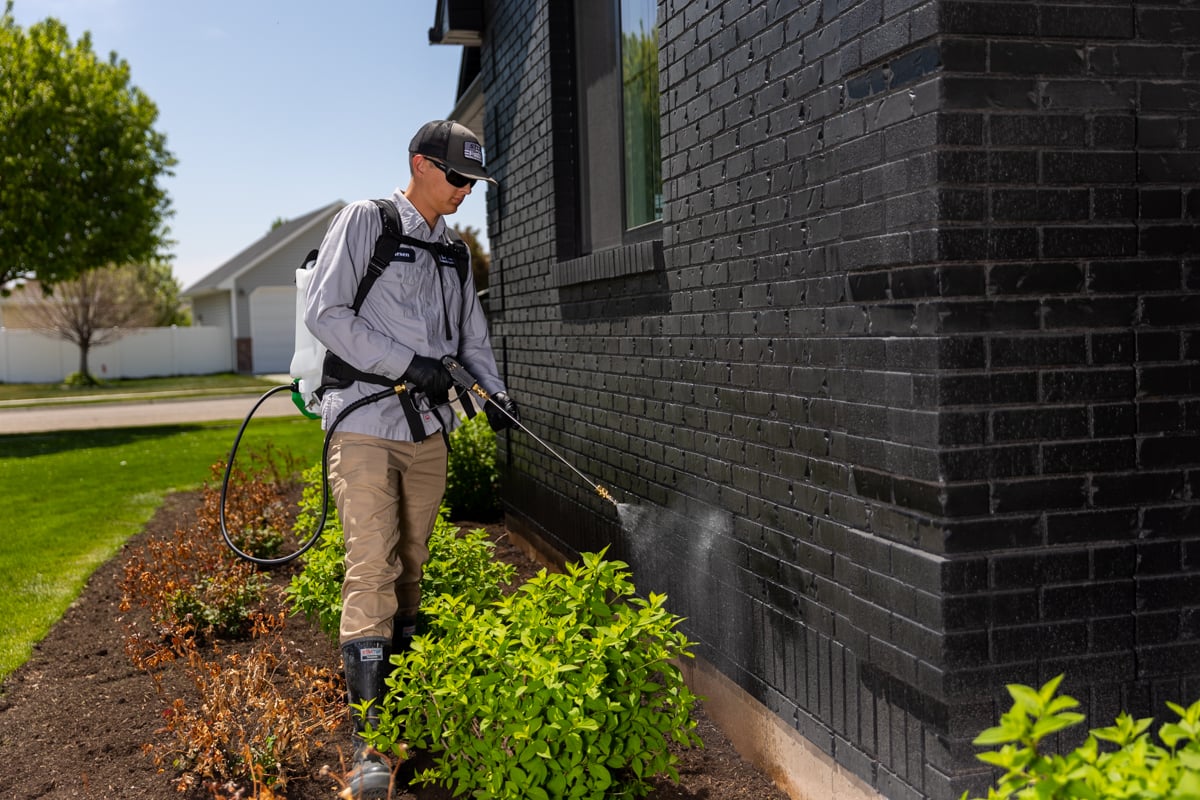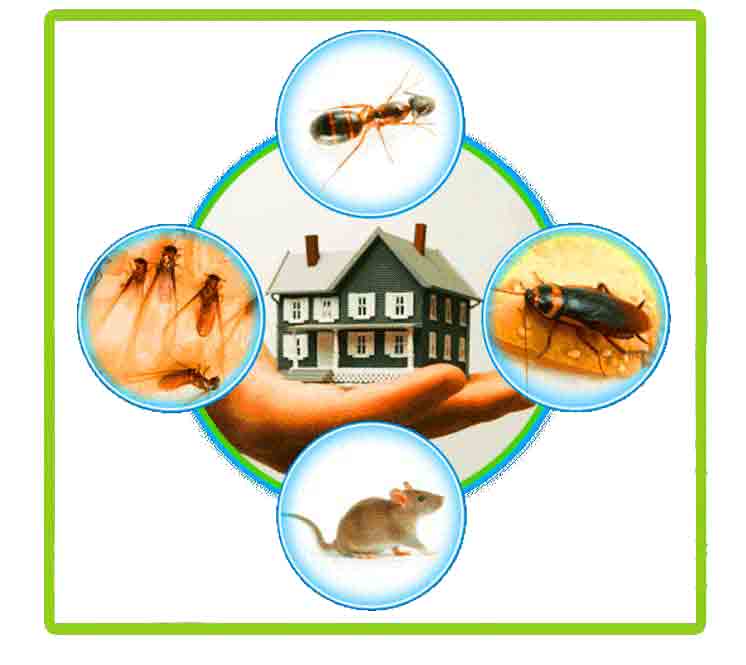Find the Best Exterminator Coquitlam for Fast and Reliable Pest Control
Find the Best Exterminator Coquitlam for Fast and Reliable Pest Control
Blog Article
Safe and Reputable Parasite Control for Lasting Protection
Reliable bug management requires a complex strategy that stabilizes environmental integrity with the requirement for efficient insect suppression. The subtleties of these approaches might not be quickly clear, triggering a closer exam of the methods that can lead to sustainable parasite control end results.
Comprehending Insect Control Approaches
Bug control encompasses a selection of techniques targeted at managing and eradicating undesirable insects and rats that can threaten both wellness and home. Understanding these approaches is essential for reliable insect administration.
The main groups of insect control approaches include mechanical, organic, and chemical approaches. Mechanical techniques entail physical barriers and catches to avoid parasite entry and capture unwanted types. Making use of screens on home windows or using sticky traps can considerably lower pest populaces without presenting hazardous compounds - exterminator coquitlam.

Chemical insect control is usually the most recognized method, using pesticides to get rid of parasites. These chemicals can be effective but must be used with care to stay clear of negative results on non-target varieties and the setting.
Advantages of Eco-Friendly Solutions
How can green options transform bug control practices? The fostering of green bug control techniques uses many benefits, dramatically improving the effectiveness and security of parasite management.

One more benefit is the favorable influence on neighborhood biodiversity. Eco-friendly options are made to target specific pests while preserving useful bugs and wild animals, promoting a balanced environment. This strategy straightens with the expanding customer need for sustainable methods, improving the track record of bug control service providers.
Integrated Insect Management Strategies
The implementation of environmentally friendly services naturally leads to the fostering of Integrated Parasite Monitoring (IPM) methods, which better improve bug control effectiveness. IPM is an alternative approach that combines numerous methods to take care of bug populations while minimizing ecological effect. This technique stresses the usage of biological, cultural, mechanical, and chemical controls, ensuring a sustainable and balanced method of parasite management.
One fundamental facet of IPM is the complete evaluation of pest task and environmental problems. By keeping an eye on insect populaces and determining their life cycles, professionals can apply targeted interventions that disrupt the bug's environment or lifecycle, decreasing dependence on chemical pesticides. Furthermore, cultural methods such as crop turning and environment control can substantially reduce pest facility and recreation.
One more crucial component is the usage of biological control agents, such as beneficial bugs or microorganisms, which can naturally suppress bug populations. When chemical applications are needed, IPM focuses on using low-risk chemicals and uses them uniquely, lessening direct exposure to non-target organisms and people.
Including IPM techniques not just boosts parasite control effectiveness however additionally promotes a much safer ecological community, aligning with the expanding need for lasting practices in insect administration.
Safe Practices for Home Owners
Understanding the significance of secure practices in insect control can equip home owners to effectively handle bug concerns while securing their wellness and the environment. Executing non-toxic techniques and precautionary actions is crucial in minimizing exposure to hazardous chemicals.
House owners must first assess their environment for problems that draw in pests, such as standing water, clutter, and food waste. On a regular basis cleaning and sealing entry factors can discourage pests from attacking the home. Using natural deterrents, such as vital oils or diatomaceous earth, can offer reliable options to chemical pesticides.
When chemical treatments are essential, house owners should choose products that are especially identified as safe for property use. It is important to comply with application guidelines carefully to stay clear of overexposure. Utilizing targeted treatments in locations where insects are recognized, instead than blanket splashing, can significantly minimize chemical usage.
Finally, keeping open communication with bug control specialists is important. Home owners ought to ask about the safety of products made use of and demand environmentally friendly choices whenever feasible. By adopting these risk-free techniques, homeowners can produce a much healthier living setting while effectively handling bug issues.

Tips for Long-Term Security
Developing a bug monitoring strategy that emphasizes long-lasting security can considerably boost the performance of the secure practices previously talked about. To accomplish this, house owners must carry out routine assessments of their property, concentrating on concealed locations such as attic rooms, cellars, and crawl rooms. Early discovery of parasite activity is essential in stopping invasions from taking hold.
These practices lower attractants that draw bugs right into the home. Securing access points, such as fractures around doors and windows, can efficiently block prospective pest access.
Landscaping ought to likewise be considered; maintaining plants trimmed and maintaining a range between plant life and the home reduces concealing areas for parasites. Using all-natural deterrents, such as vital oils or diatomaceous earth, can better dissuade problems without resorting to extreme chemicals.
Lastly, working together with a professional bug control service for more information regular analyses can offer an added layer of security. These professionals can supply tailored recommendations and progressed therapies, ensuring that your home stays shielded against insects in the long-term.
Verdict
Finally, reputable and risk-free parasite control requires a multifaceted method that stresses green techniques and integrated bug monitoring. By implementing natural deterrents, conducting routine evaluations, and keeping correct hygiene, homeowner can significantly reduce pest populations while safeguarding advantageous bugs and the atmosphere. Partnership with expert insect control services enhances the effectiveness of these strategies, making sure customized options that supply enduring security and satisfaction against future infestations.
Effective parasite monitoring needs a diverse method that balances eco-friendly honesty with the requirement for efficient bug reductions. The adoption of eco-friendly pest control approaches uses various benefits, dramatically enhancing the effectiveness and safety and security of bug management.The implementation of green options naturally leads to the fostering of Integrated Insect Management (IPM) approaches, which additionally enhance parasite control effectiveness. exterminator coquitlam. By keeping track of pest populaces and identifying their life cycles, experts can carry out targeted treatments that interfere with the complete pest control bug's habitat or lifecycle, lowering dependence on chemical pesticides.In conclusion, dependable and secure pest control calls for check my blog a multifaceted approach that emphasizes green techniques and incorporated insect monitoring
Report this page